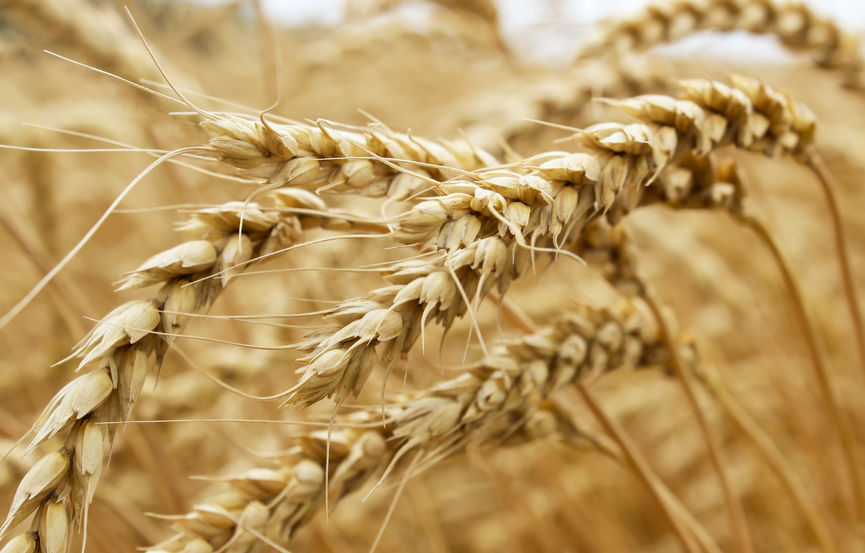
The areas sown to wheat, winter barley and oats in Britain have all increased compared with 2017/18, a new survey shows.
Good drilling conditions in most part of the country and comparatively high prices encouraged growers to plant more winter varieties this autumn, bucking the trend of recent years.
Under these favourable conditions, there has been more autumn cropping, going against the trend towards greater spring cropping in recent years, according to AHDB’s Early Bird Survey.
The British wheat area for harvest 2019, including spring wheat, is forecast to rise by four per cent to 1.86Mha for harvest 2019. This would be the highest wheat area since 2014.
The winter barley area is expected to rise by 13 per cent to 444,000ha, while the area of spring barley is anticipated to fall three per cent to 735,000ha, the first decline since 2014.
Having risen substantially in 2018, the area of oats is again projected to rise by nine per cent – an increase of nearly 50 per cent in the total GB oats area since 2015.
The survey shows a likely decline of three per cent in the area of oilseed rape for harvest 2019, down to 582,000ha.
Daniel Rooney, AHDB analyst said: “Seed sales figures and anecdotal evidence suggest that the total planted area for oilseed rape was similar to or even possibly higher than last year but dry conditions and cabbage stem flea beetle caused more crop losses than previous years, leading to an overall decline.
“The Early Bird Survey carries a track record of very accurate figures. Nonetheless, the survey only represents a snapshot at a given point in time and therefore should be interpreted carefully.”
Figures for winter crops which have already been planted will carry a greater degree of certainty over spring crops yet to be drilled.
Final results and regional data will be available following the release of final Defra data, scheduled for late December.
